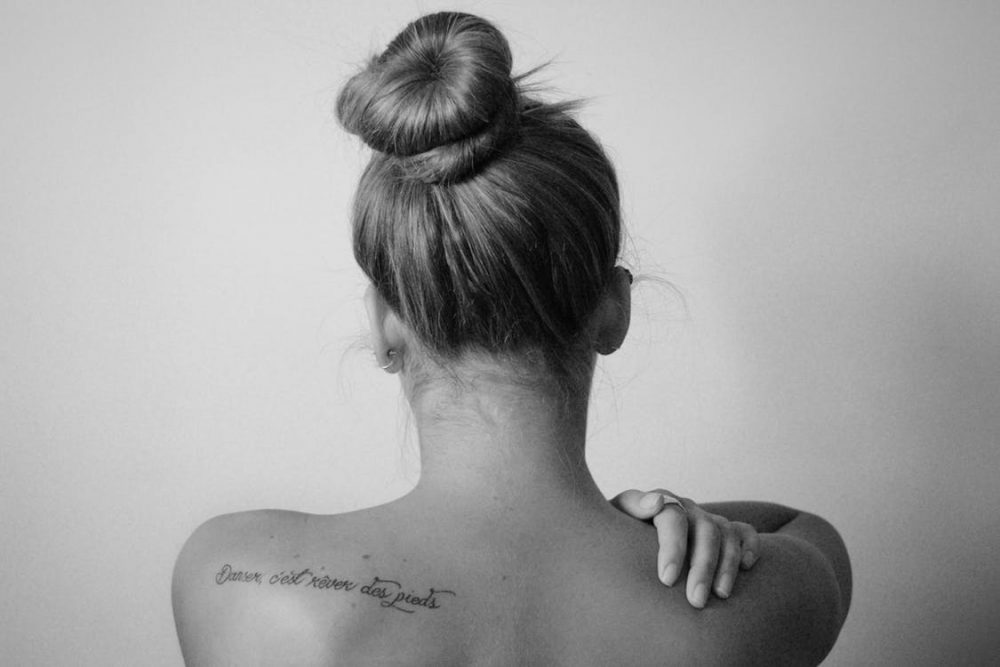If you’ve ever been to an acupuncturist, you would have heard of cupping therapy as an add-on or supplementary treatment. Or you will recall Michael Phelps’s purpled back during the previous Olympics.
Cupping Therapy: What is it?
What exactly is it? It is a form of alternative therapy wherein suction cups are placed on various locations on the body, and with the use of a vacuum pump, vacuumed into position. This leads to the skin in that area to get sucked into the vacuum created by the mechanical pump, and this targeted suction leads to your skin and underlying tissue to bulge upwards. This cup is left in place for a few minutes, anywhere between five to fifteen minutes. This localized “bump” induced by cupping is said to be effective in treating pain, internal damage to connective tissue, sore muscles, and swelling. Owing to the pressure exerted in these targeted areas, blood rushes to the spot, as it recognizes this spot as one of some kind of injury.
This flooding of blood to the area is said to carry with it pure blood that helps in dealing with the issue in that area. For example, if you have pain in your trapezium in the shoulder, or have chronic neck pain, cupping applied to these areas is said to be a form of localized therapy to promote healing locally. According to Chinese traditional medicine, cupping is said to induce stagnant blood to move more freely, thereby leading to easier blood (and energy) flow.
The type of cupping therapy factors in different components of the treatment like medium, method, intensity, and materials used. The methodology across all these types is the same: a dry or a wet suction cup is placed onto the area to be treated, and a mechanical pump is used to vacuum seal the cup into position. Materials that may be used are herbal, water, needles, and magnets. Sometimes, a flash of heat is introduced into the cup prior to suction with the help of a ball of cotton soaked in alcohol that is lit and placed inside the cup.
Alternative Medicine and Holistic Health
Cupping therapy is traditional Chinese alternative medicine, and has been practiced for centuries. It has been in use for chronic respiratory ailments like bronchitis and in the treatment of musculoskeletal pain. Alternative medicine or therapy encompasses all such treatment or therapy forms that are unproven by science. But as more and more people are becoming aware of the benefits (sometimes placebo), alternative medicine is gaining mainstream acceptance. Several other treatments you may have heard of include touch therapy or Reiki, hydrotherapy, naturopathic treatments, acupuncture, dry needle therapy, herbal and nutritional supplements, prayer, meditation, chiropractic manipulation, energy healing, etc.
Cupping therapy falls under the larger umbrella term, CAM: Complementary and Alternative Medicine. These therapies have evolved over centuries as a part of the tradition of different cultures that have looked for cures not so much in science as in nature. While there are sceptics with anything that comes with an “alternative” tag, these systems have been practiced for centuries with varying degrees of success.
Caution and Considerations
As the practice of cupping usually leaves behind a mild hematoma, it is better to be safe than sorry. This is especially so if you have an underlying chronic condition like diabetes or high blood pressure. If pregnant or breast feeding, please inform your practitioner. Cosmetically, you will have to live with the blood clots/skin markings that take a short while to clear up. However, ungainly that they might be, these discolorations and surface bruises are mild, mostly painless and clear up all on their own.
If opting for flash or fire cupping, exercise great care and choose your therapist wisely. Practically, since these cups are used on softer tissue, and the skin is lubricated most of the time prior to the application of the suction cup, all you will be left with is mild bruising, and hopefully, with lesser pain than before. Ancient therapies have long been popular, and cupping therapy doesn’t look like it’s going to go away any time soon.

